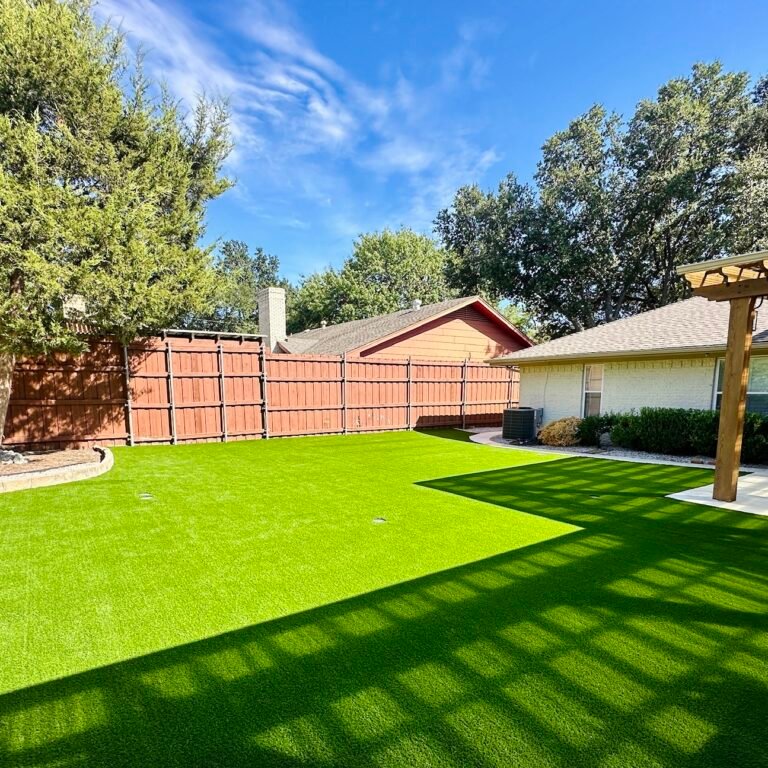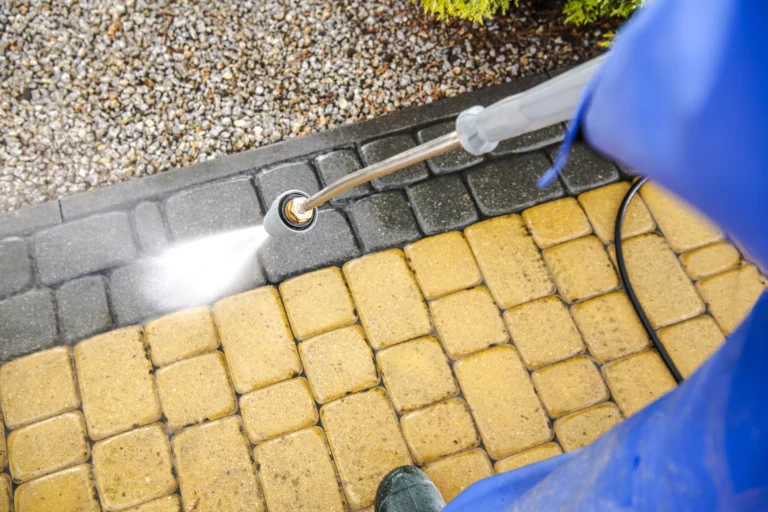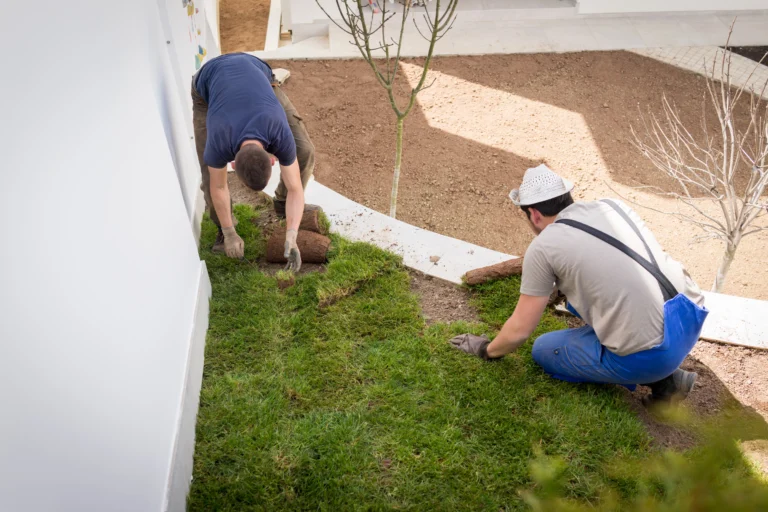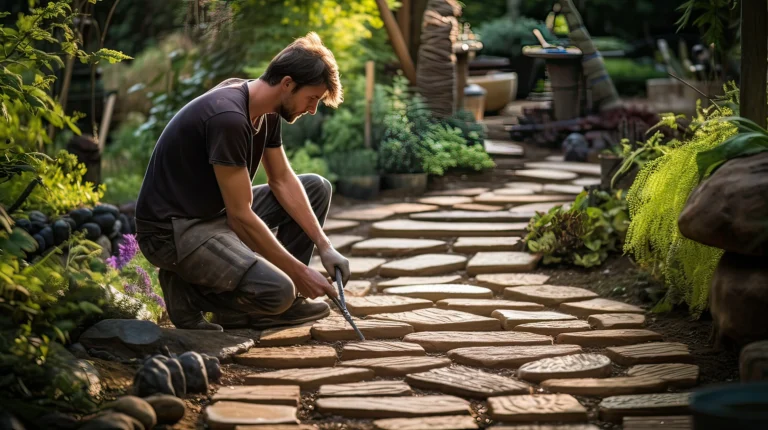Getting the Green Light from an HOA to Install Artificial Grass on Your Property

Beautify Your Home and Neighborhood with Artificial Grass
So, you’re all set to transform your lawn into a beautiful oasis, enjoying all the benefits artificial grass offers. But…hold on! If you live in a residential community governed by a Homeowner’s Association (HOA), there may be a few preliminary steps before Pave-N-Turf shows up to give you the yard of your dreams.
Step #1 – Find out what your HOA’s policy is on installing artificial grass.
If they currently don’t allow artificial lawns, ask if they are open to the possibility. Many covenants and restrictions were drawn up years ago and may need refreshing to keep up with contemporary lifestyles.
Since HOAs have control over landscaping, they may have guidelines they want you to follow regarding synthetic lawns such as quality, types, appearance, and installation standards.
Because artificial grass has gone through many upgrades over the years in quality (non-toxic), appearance (more authentic), and safety (better cushioning, drainage, and permeability), HOAs are less reluctant to approve these requests.
At the very least, artificial grass improves the value of individual homes, and thus the surrounding community.
In fact, more and more upscale neighborhoods are vying for the beauty, ease, economy, and comfort of artificial grass in their exquisite surroundings.
One such community is Newman Village, considered a “premier destination for luxury living” where homes start at $2 million. Pave-N-Turf is currently installing artificial grass for a client whose home is located in this luxury master-planned community.
Fine art sculptures grace a beautifully landscaped plaza and fountain spaces. Homes reflect European and Mediterranean styles and are among the most desired in the Frisco area.
Luxury Lifestyle Magazine featured an article last year entitled “Why Artificial Grass Is Now the Preferred Choice of Luxury Homeowners”. Online searches for artificial grass increased almost 200% in May 2021 vs May 2020 according to Google Trends.
Matching the glamour and sophistication of interior spaces, outdoor creations revolve around a blanket of green that never fades. The perfect foundation for your most expressive self awaits.
Step #2 – Prepare a packet of information to be submitted with your HOA request.
Most HOAs have a process for approving home improvement projects. Although individual items may vary by community, typically a packet contains:
- Contact information
- Description of your project (Pave-N-Turf will help with this)
- Plat maps indicating project location and dimensions
- Product samples to be used (Pave-N-Turf will furnish these)
- Estimated start and end dates (Pave-N-Turf can help with these)
A project description as it relates to artificial turf will include the desired changes, what areas of the property will be affected, and what materials will be used.
Indicate the sections you want to include in your synthetic grass improvement project on a to-scale plat map of your property (usually found in your closing documents). You will want to get approval for the complete project and not just parts of it at a time. Thoroughness and detail will help move your request faster and further through the HOA’s approval process.
Pave-N-Turf will provide samples and specs for the homeowner to present for approval. Having specific samples available eliminates guesswork and leads to a faster approval rate.
Step #3 – Submit your request to your HOA either online or by mail.
Most HOAs provide an improvement project submission process online with step-by-step guidance.
Part of the HOA’S review process is to determine that adequate information is included, and that the project will comply with the governing documents (restrictions, covenants, and conditions) of the community.
Within 30-60 days, you should receive a written response via email or letter regarding your HOA’s decision, or they may request more information. At this point, if you are not happy with the response, you could revise and resubmit the request, addressing their concerns.






